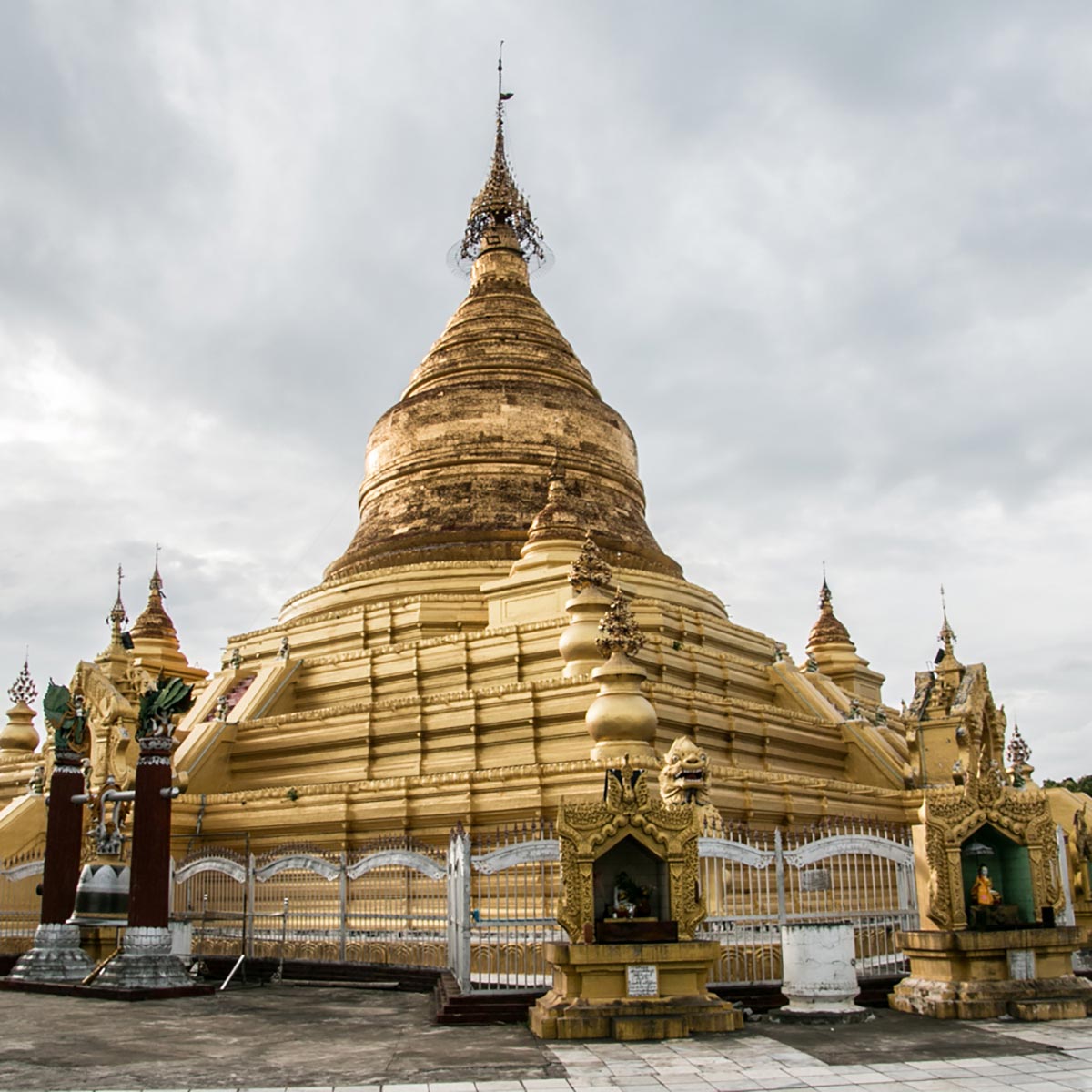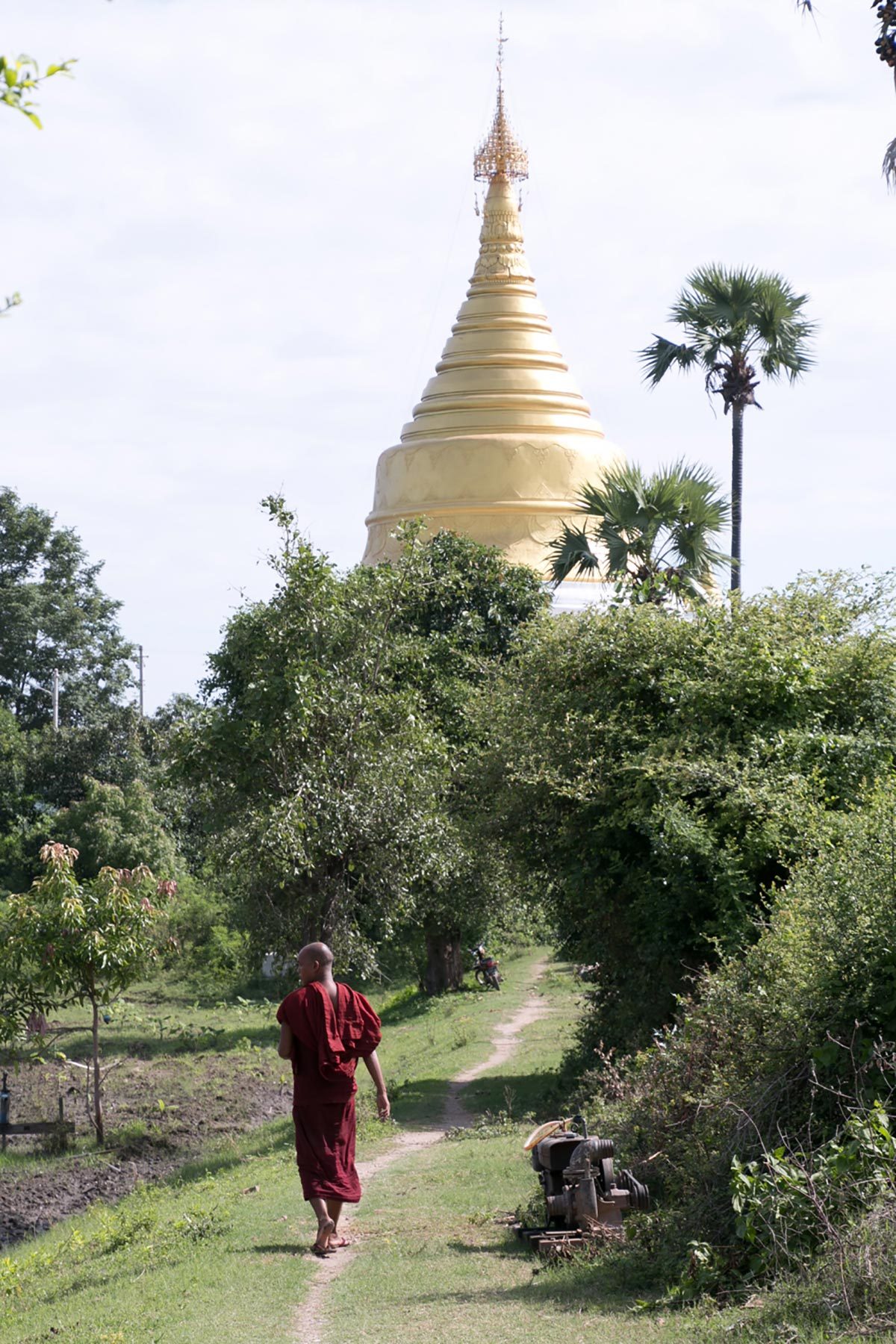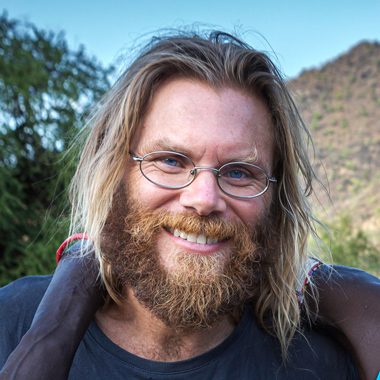Myanmar, known as Burma, is officially listed as the third country in the world with the lowest crime rate, and one of the perceived as “kindest”.
This Southeast Asian nation has more than 100 ethnic groups, and borders India, Bangladesh, China, Laos, and Thailand. Yangon is the largest city in the country and is made up of overflowing markets, numerous parks and lakes; and the towering Shwedagon pagoda covered in gold, containing Buddhist relics and dating from the 6th century.
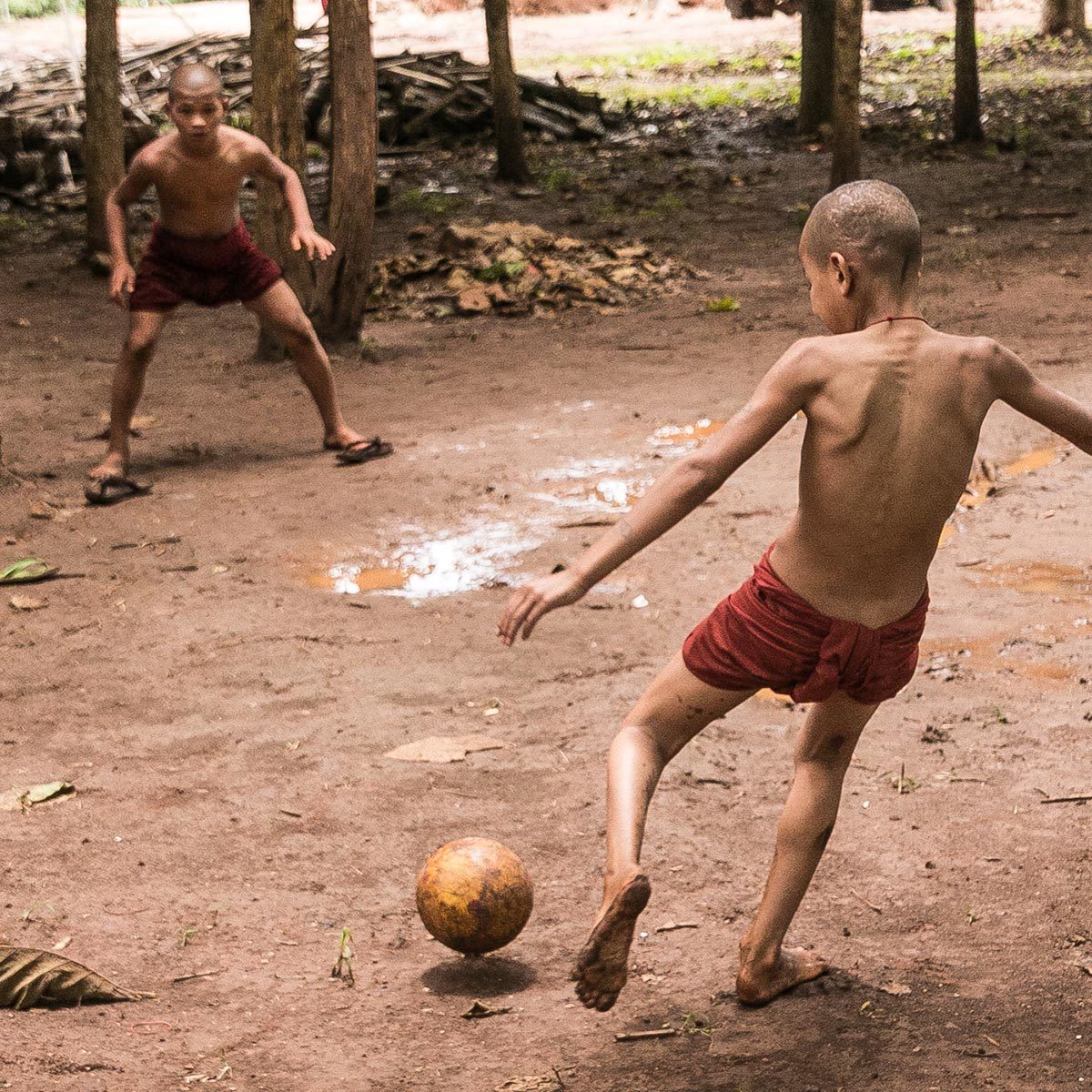
In Myanmar we find societies that until barely a decade ago did not know tourism. Magical animistic rituals make their way through animal bones, like totems. Body modification practices linked to the afterlife, some very peculiar musical traditions, minority semi-nomadic ethnic groups and Tibeto-Burmese aesthetic representations complete the mosaic of this Asian region.
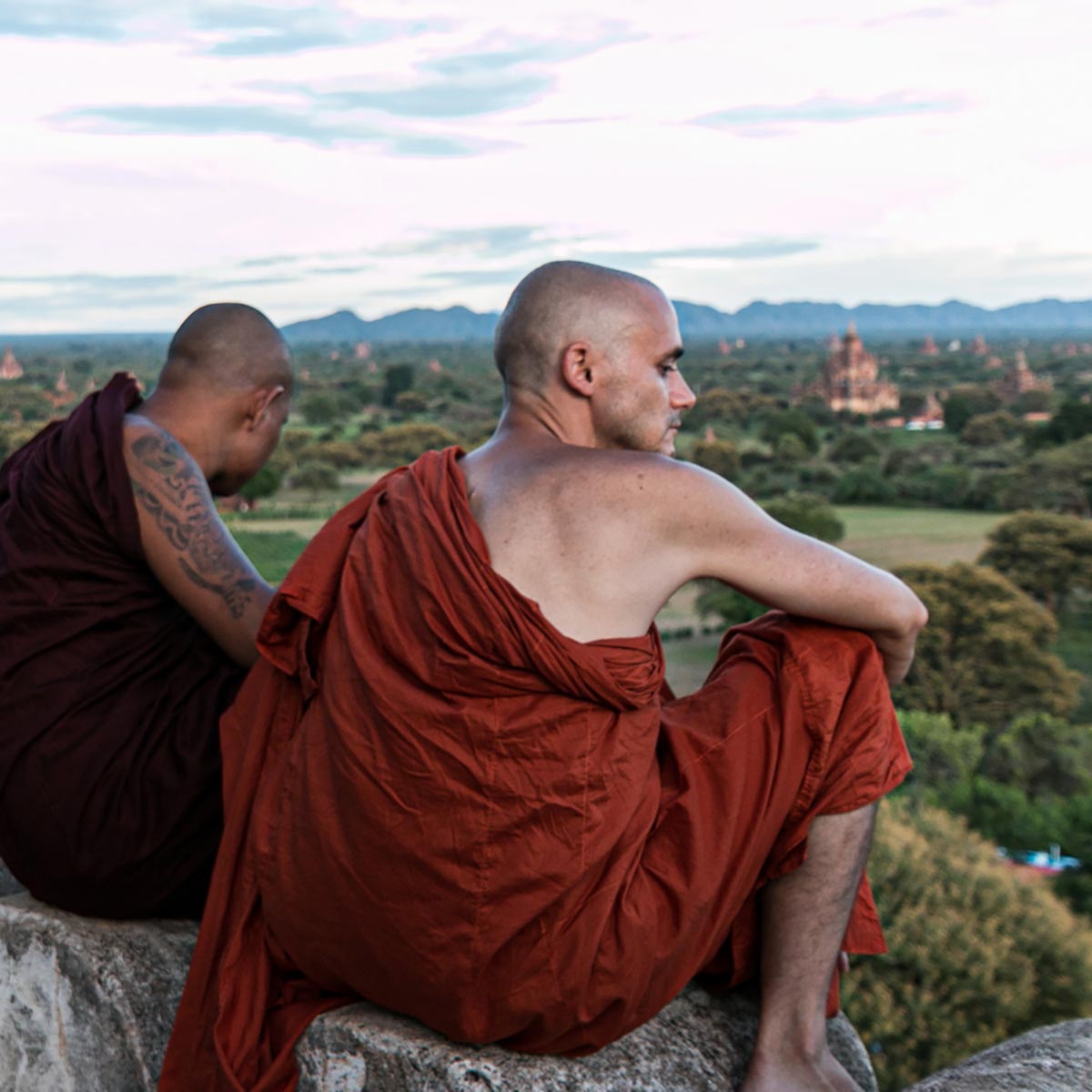
One of these minorities is the Padaung women, who inhabit the Shan state. From the age of five they wear a heavy and long metal necklace, which gradually presses down on the clavicle by adding rings, making it appear that they have a longer neck. Long neck, sign of beauty or wealth and also an identity symbol.
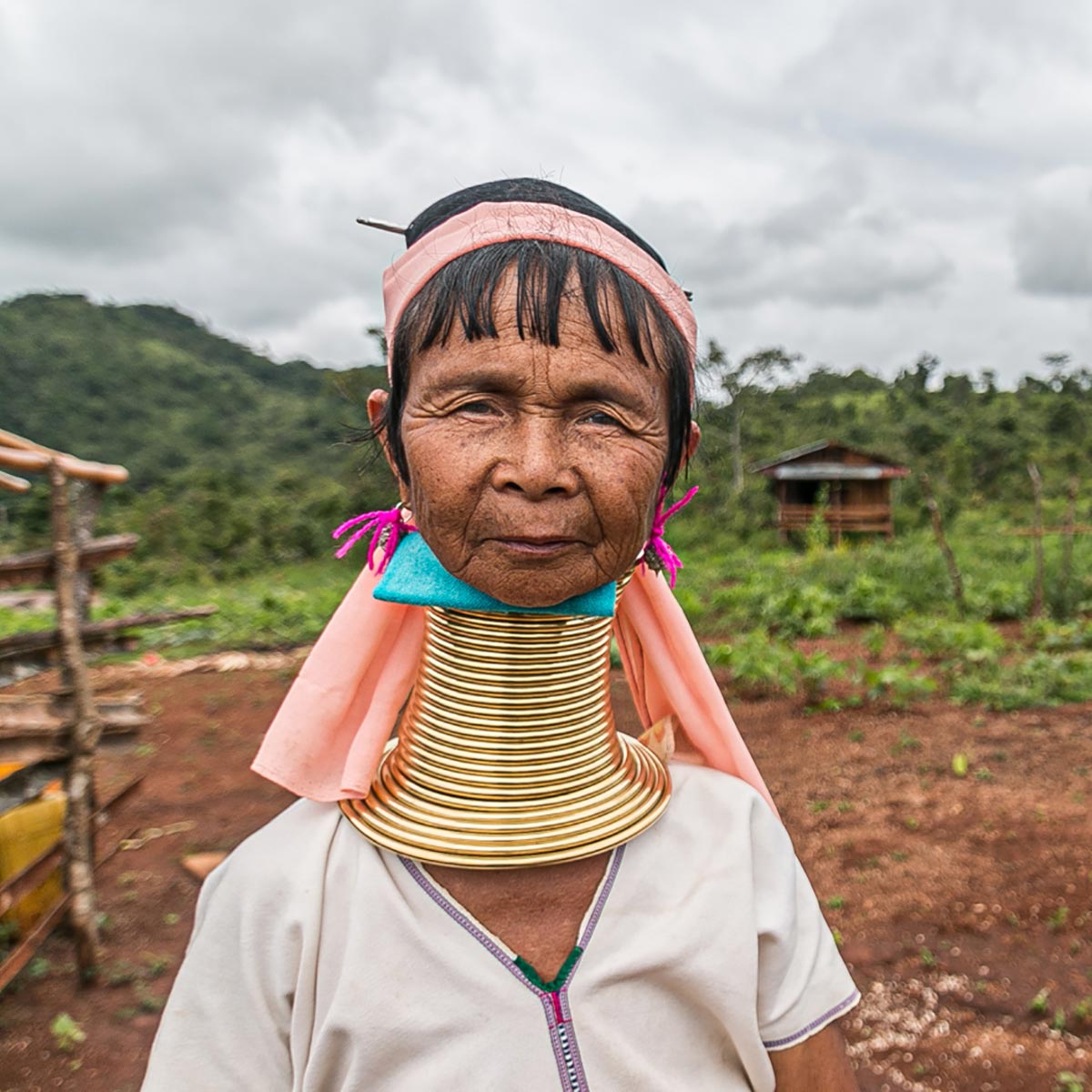
On the other hand, the Chin state is one of the most disadvantaged and isolated areas of Myanmar. In this region, various ethnic groups coexist, practicing facial tattoos on women for centuries, until their prohibition in the 1960s. The tattoo was a sign that the girl had reached maturity and was ready to play adult roles, such as getting married, taking care of the house, and raising children. They also served to highlight the beauty of women, especially since these tattoos were adapted to fit and enhance the facial characteristics of the wearer. Additionally, they were ethnic markers.
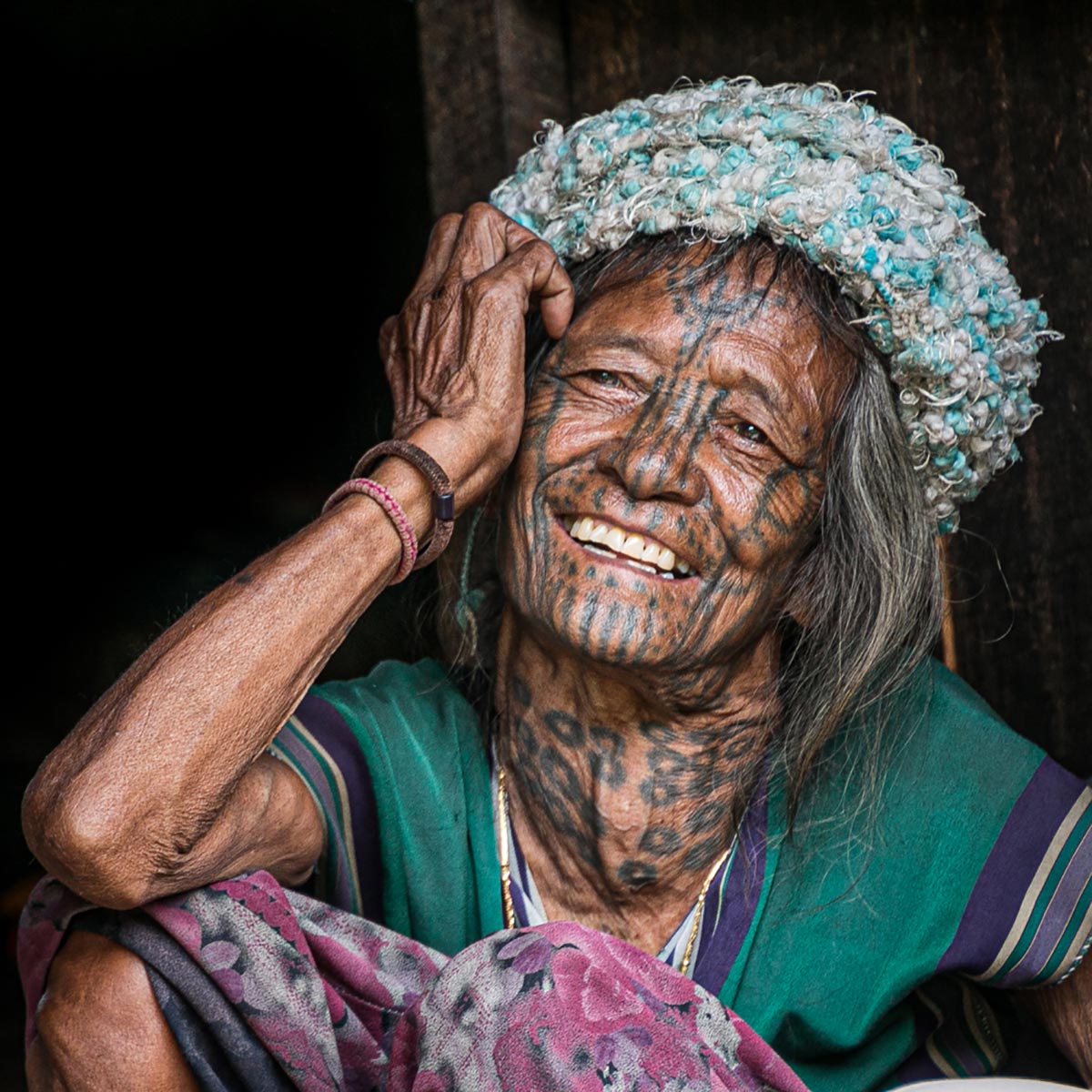

Finally, Bagan, capital of several pre-colonial historical kingdoms and declared a World Heritage Site by Unesco in 2019. It is presented to the traveler as a set of reminiscences of various ancient architectural styles, being a complex consisting of more than 10,000 stupas, pagodas and temples that were built between the 10th and 12th centuries, in an area of just 42 square kilometers.
